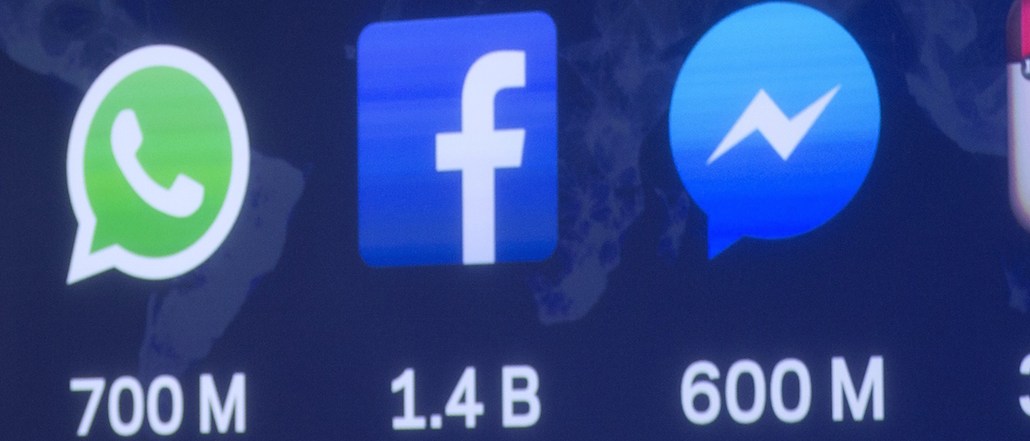‘It’s a post-advertising period that we’re entering’: Four things to know about Facebook Messenger ads

Last week, Facebook announced ads are widely available on Messenger, which, as of this summer, has 1 billion monthly users. Since April, Facebook has been quietly testing ads within the messaging platform with brands like Uber and Marriott. Companies can start showing ads to people after they have opted in to communicating with them, for instance, if someone uses a brand’s chatbot to book a hotel room.
Here’s the state of advertising using Facebook Messenger.
The data isn’t rich enough, yet
Companies clamored to build their own bots, but so far Messenger isn’t awash with ads. Facebook, for its part, is working out a system to cap the amount and frequency of ads. The platform has a robust ad policy, and keeping a good ad user experience is in its interest. It’s also measuring the speed with which bots respond to requests and, likely, many other attributes, like usability and the way a bot interacts with users, which could lead to a ranking system similar in principle to SEO tactics, according to agency executives. But even so, the ad-targeting data may not be up to scratch.
“Hopefully, brands are wary of stepping into that realm of one-to-one conversations rather than viewing it as purely a marketing medium,” suggested Ilicco Elia, head of mobile at DigitasLBi. “Messenger doesn’t know more about you than Facebook, and Facebook doesn’t know enough about me in a marketing context, let alone a messaging context. I get ads that are targeted to someone like me; they aren’t targeted to me, which is as close as Facebook can get, for now.”
Bots will get more traffic
Companies found the biggest hurdle was driving people to their bot, leading to low user figures yet high engagement. Bot discoverability is low because people need to know exactly what they are looking for, rather than browsing. Now, companies can use existing ads that run in the Facebook news feed to drive traffic directly to bots, rather than their Facebook page or their own property.
“It’s a new route to driving traffic to bots very efficiently,” said Conor Lynch, senior media manager at We Are Social. “With these ads, there’s no minimum spend; they are based on running across self-serve Facebook ad model — you pay by impression.”
On the flip side, these news-feed ads were very proficient at sending traffic elsewhere on the web, said Lynch, so businesses will be missing out on that. But Facebook’s goal is keeping people on the platform.
Tracking has improved
As part of the evolution of the product, Facebook is adding more analytics. Previously, bots had very little. Developers can now add code to bot links allowing them to determine where their bot traffic is coming from. It’s helpful, but it’s also best practice, said Lynch, who added that it would help encourage other clients to look into creating bots.
Ads are just the beginning
Ads in Messenger are just the tip of the iceberg in terms of creating more robust ecosystems and will quickly iterate into more useful actions.
“It’s a post-advertising period that we’re entering,” said Paul Mead, founder at VCCP Media. “Ads on messenger is the first step toward monetizing a messaging platform. Whatsapp has been free of ads all this time, but Facebook knows what its North Star is. A lot of these early iterations are learning about the role of a brand in that ecosystem.”
More in Media

What publishers are wishing for this holiday season: End AI scraping and determine AI-powered audience value
Publishers want a fair, structured, regulated AI environment and they also want to define what the next decade of audience metrics looks like.

Media giant Essence launches a marketplace for Black women-led brands
Essence has launched WeLoveUs.shop, a new online marketplace dedicated to Black women-led brands.

In Graphic Detail: The state of AI referral traffic in 2025
The stats reveal a new audience pipeline forming outside of traditional search and social platforms.





